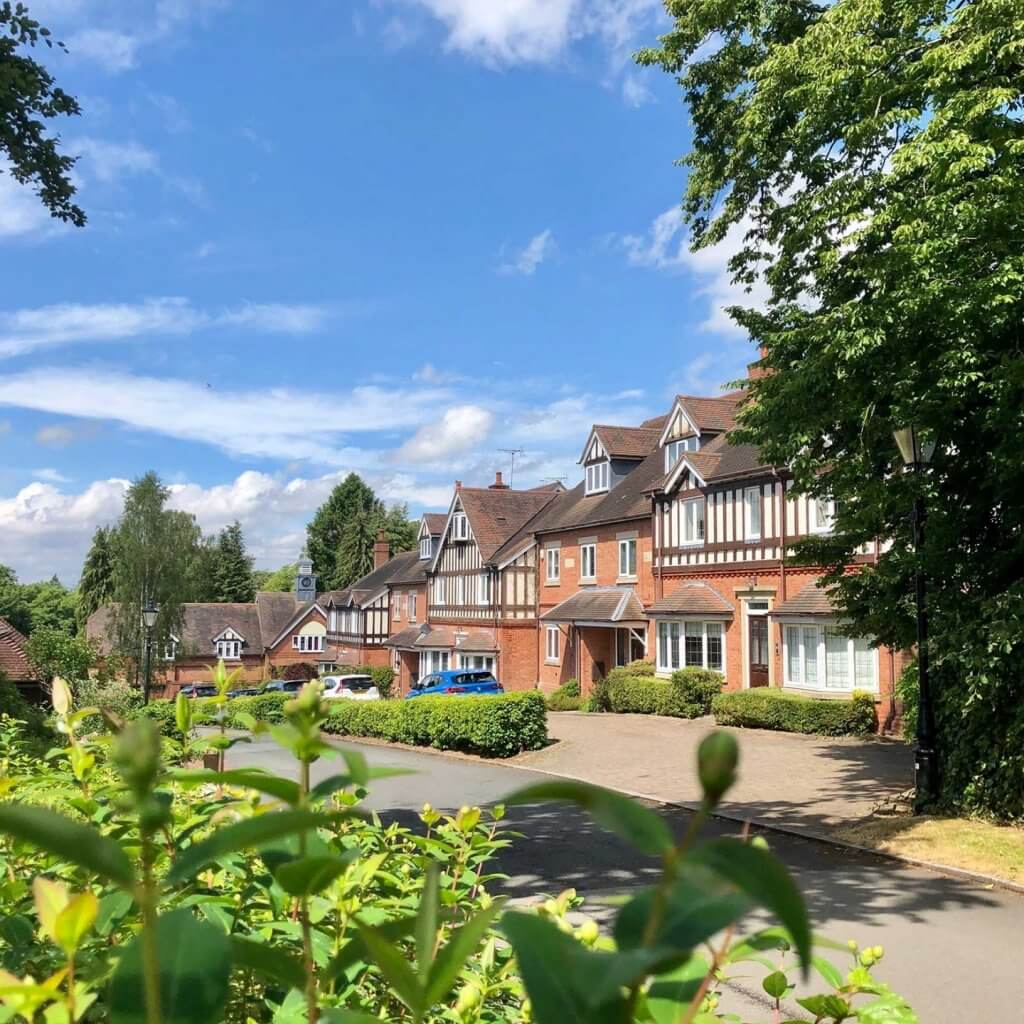Limited infilling in the Green Belt – solution or disaster?
Although controversial, infilling in villages in the Green Belt offers a partial solution to the housing crisis in the UK – but it’s not appropriate in every case.
Why we should build on parts of the green belt
The discussion around the housing crisis in England isn’t going away any time soon. Not only is there a lack of new homes in general, but there is an increasingly serious lack of specialist accommodation for groups such as the disabled or the elderly.
Government guidance emphasises the need to generally increase the supply of housing and underlined the need to make an efficient use of the land available – so Green Belt land takes on an increasing importance given its location near urban/built areas where people want to live. However, this use of the land is often thought of as contentious and, as a result, is one of planning’s most controversial and emotive issues.
The importance of the Green Belt in both national and local planning policy is hard to understate, but not all Green Belt land fulfils the same function or contributes in the same way.

Limited infilling in villages - space to grow?
We have often seen that there are circumstances where new development can be appropriate within the confines set out in the provisions of paragraph 145 of the National Planning Framework, which makes allowance for ‘limited infilling in villages’ under criterion E. However, local authorities often reject any proposals for infilling outright, and the reasons for rejecting them can often seem inconsistent.
The wording certainly seems to allow for a certain level of interpretation. For example, the key characteristics of an infill site, what is meant by the term ‘limited’ and how a village is defined have been shown to be flexible based on the many appeals and judgement on the topic.
Judicious use of planning judgement should be based upon the position, context and relationship with the existing development, rather than strict adherence to volumetrics, boundaries or location, which can sometime be unhelpfully limiting.
With our own Green Belt projects, we’re seeing a lot of local authorities rejecting infilling in villages as a matter of principle, rather than taking a more interpretative approach to the Framework that we’re seeing at appeals.
Interpretation and overall vision, not overdevelopment
In some cases, LPAs are concerned about being seen to ignore the adopted Local Plan and want to avoid setting a precedent that might end up inadvertently leaving land open to overdevelopment. However, this often pushes the problem down the road to appeal, meaning that sensible infilling projects that could help an LPA meet their housing supply take far too long to get over the line.
This rather short-term view has long-standing effects in that development is stymied out of a rather misguided devotion to protecting the Green Belt at all costs with little consideration of its actual form or relative importance.
Background policy is of course important, but knowledge of the intricacies of each case and experience in applying the policy can make or break a planning application, and testing the waters with an outline application can pave the way to a successful full planning application later on as the principle of development is already accepted or agreed.
Lapworth Architects have been involved with a number of projects involving infilling in villages such as on this project in Warwickshire or in Broadway in the Cotswolds, so if you’ve got a plot of land that you think might be suitable for development, get in touch with our team for a no-obligation no-fee consultation.